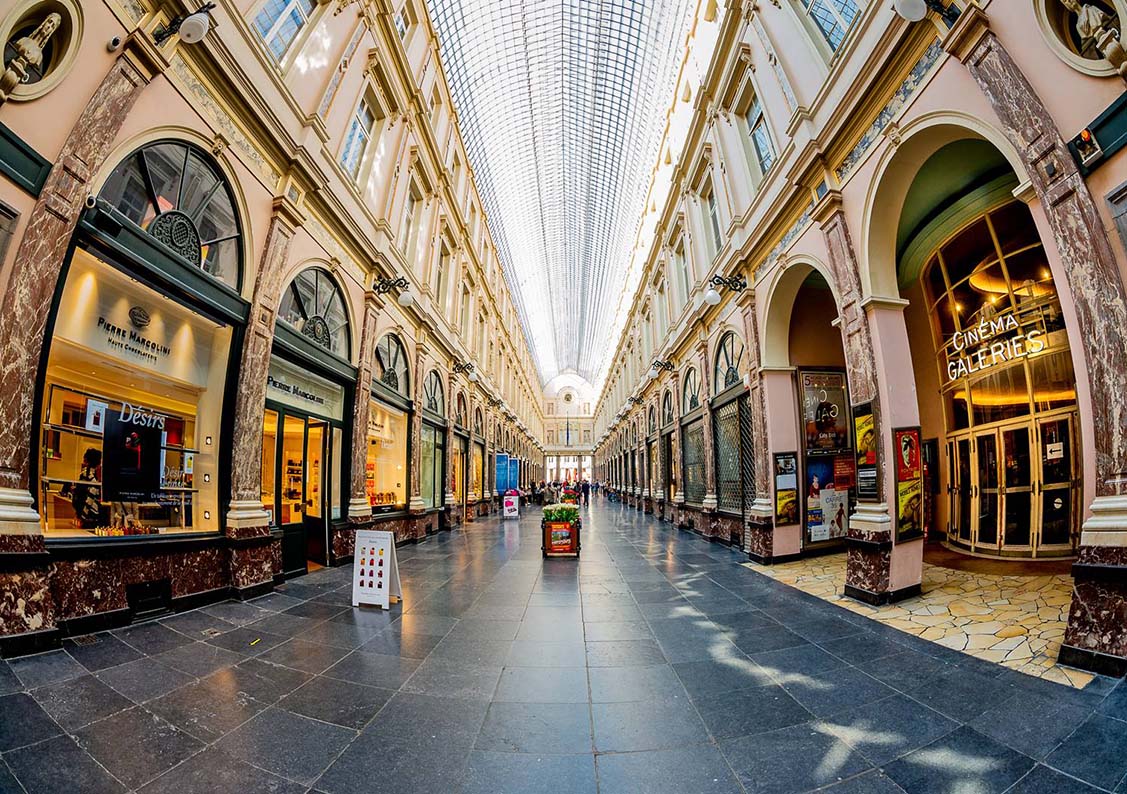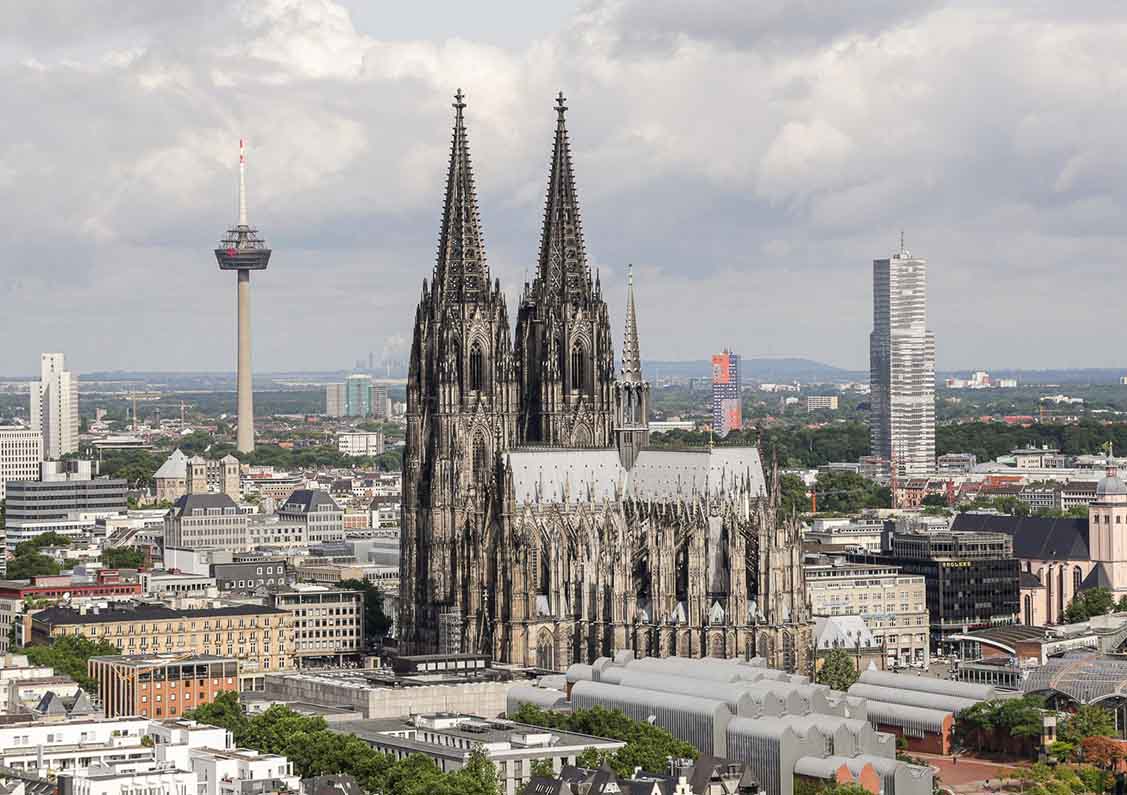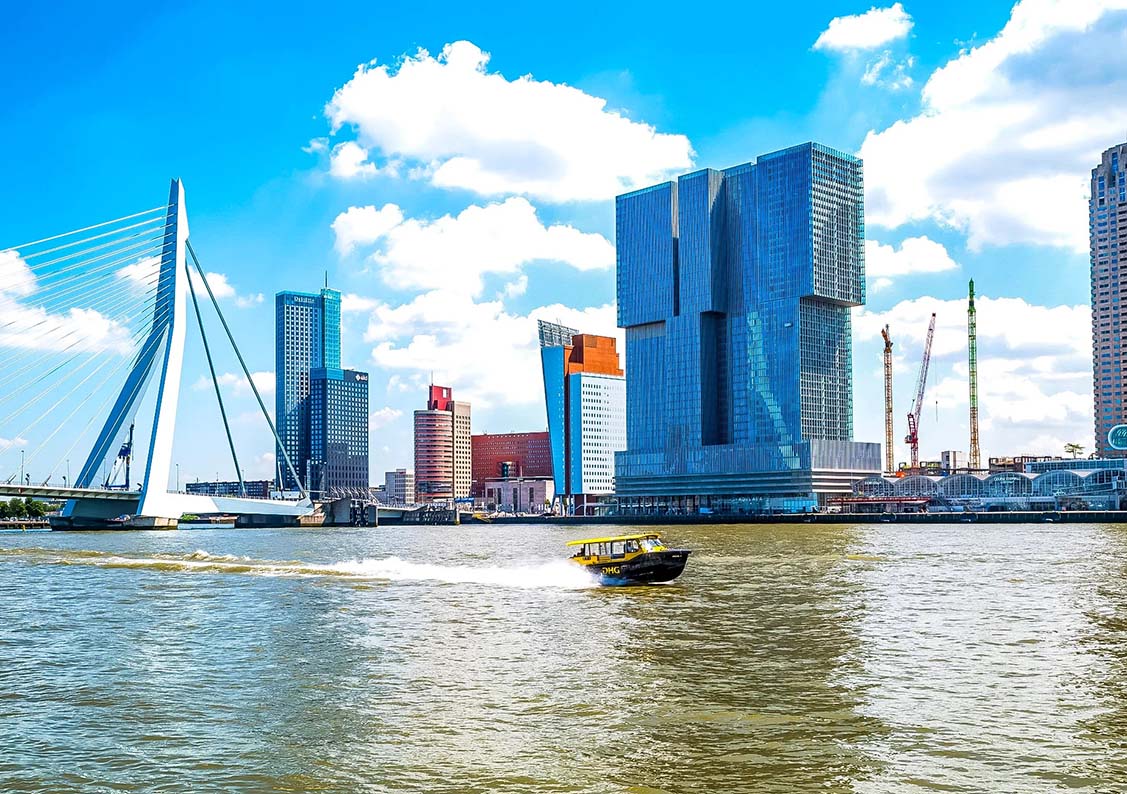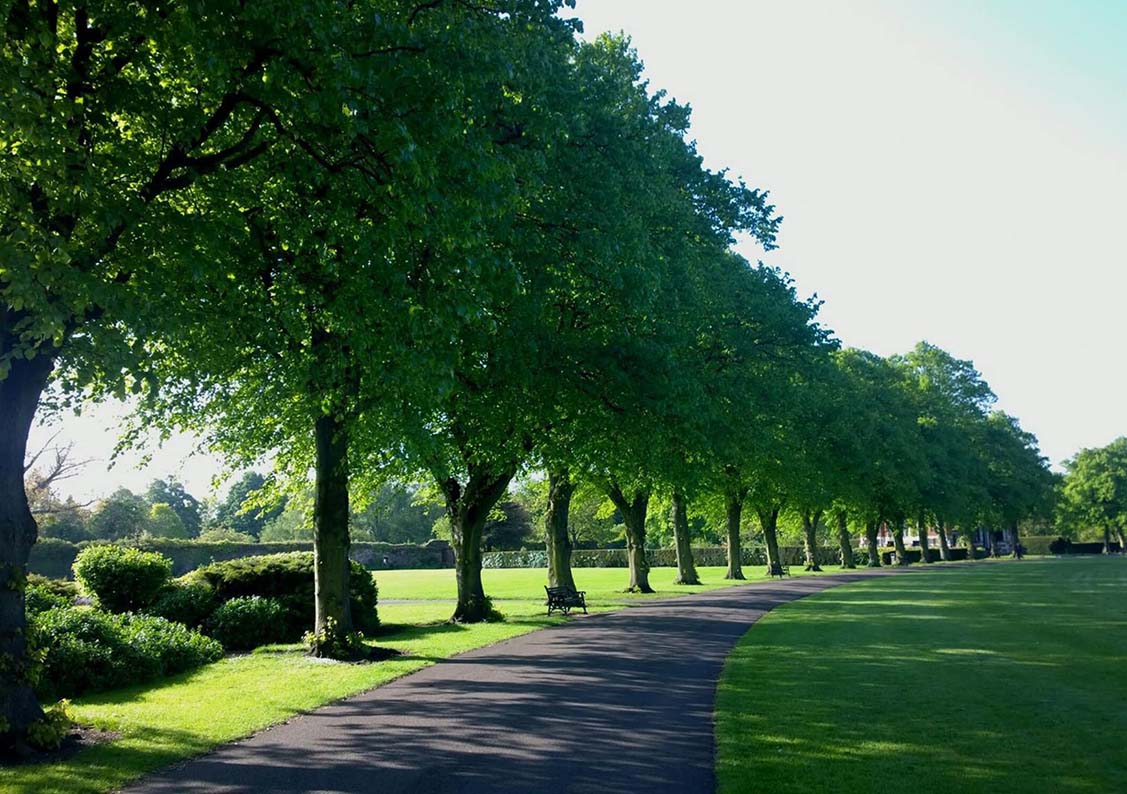Brussels, the capital of Belgium and the administrative heart of the European Union, is a city brimming with history, culture, and culinary delights. From its stunning architecture and world-class museums to its charming squares and delightful cafes, Brussels offers a plethora of attractions that cater to every kind of traveler.
Whether you’re a history buff, an art enthusiast, or a foodie, this guide will take you through the top 10 must-see attractions in Brussels. Each location is rich in history and character, ensuring a memorable visit.
1. Grand Place (Grote Markt)
History and Significance
The Grand Place is the central square of Brussels and arguably one of the most beautiful squares in Europe. Surrounded by opulent guildhalls, the Town Hall, and the King’s House (Maison du Roi), this UNESCO World Heritage site has been the heart of the city since the late 17th century.
What to See
– Town Hall (Hôtel de Ville): A masterpiece of Gothic architecture dating back to the early 15th century. Its intricately decorated facade and towering spire are stunning.
– Maison du Roi (King’s House): Now home to the Museum of the City of Brussels, showcasing the city’s history and culture.
– Guildhalls: Each building has a unique facade representing various trade guilds, from bakers to boatmen.
Events
– Flower Carpet: Every two years in August, a massive flower carpet made of begonias covers the square, attracting thousands of visitors.
Tips for Visiting
– Visit at night to see the buildings beautifully illuminated.
– Guided tours are available to learn more about the history and architecture.
2. Atomium
History and Significance
Built for the 1958 Brussels World’s Fair (Expo 58), the Atomium is a unique structure representing an iron crystal magnified 165 billion times. Designed by engineer André Waterkeyn and architects André and Jean Polak, it has become a symbol of modern Brussels.
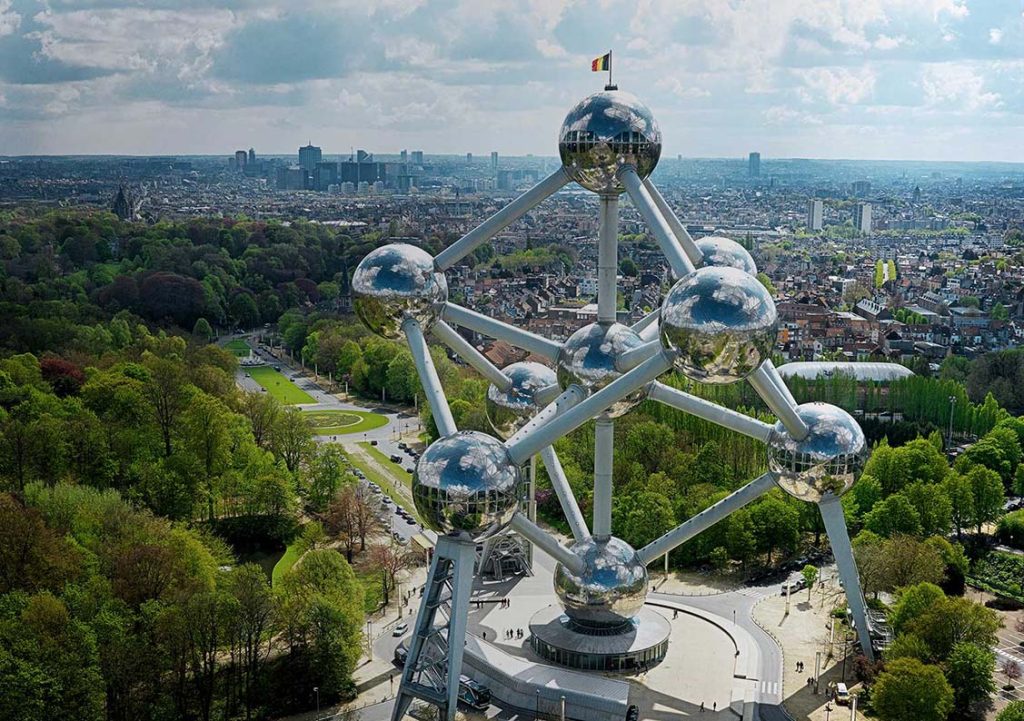
What to See
– Exhibition Spaces: The spheres house various exhibitions on science, technology, and design.
– Panoramic Views: The top sphere offers stunning panoramic views of Brussels and its surroundings.
– Architectural Marvel: The connecting tubes and spheres create a futuristic and iconic image.
Tips for Visiting
– Purchase tickets online to skip the line.
– Combine your visit with a trip to Mini-Europe, located nearby, which features miniature replicas of famous European landmarks.
3. Manneken Pis
History and Significance
The Manneken Pis is a small bronze statue of a boy urinating into a fountain, created by sculptor Jérôme Duquesnoy the Elder in the early 17th century. Despite its size, it has become one of Brussels’ most famous symbols.
What to See
– The Statue: Located at the junction of Rue de l’Étuve/Stoofstraat and Rue du Chêne/Eikstraat.
– Costumes: The statue is often dressed in various costumes throughout the year, reflecting different cultures and events. These outfits are displayed at the City Museum in the Grand Place.
Legends and Stories
Numerous legends surround the Manneken Pis, including one about a young boy saving the city by extinguishing a bomb’s fuse with his urine.
Tips for Visiting
– Check the schedule for costume changes.
– Don’t miss Jeanneke Pis, the lesser-known female counterpart, located nearby.
4. Royal Palace of Brussels
History and Significance
The Royal Palace is the official palace of the Belgian King, although it is not used as a royal residence. Situated in the heart of Brussels, it serves as the King’s administrative headquarters.

What to See
– Palace Interiors: The palace is open to the public during the summer months, showcasing its opulent rooms and magnificent artworks.
– Changing of the Guard: Witness the ceremonial changing of the guard outside the palace.
– Royal Park: Located in front of the palace, the park is perfect for a leisurely stroll.
Tips for Visiting
– Visit during the summer opening period to explore the interior.
– Combine with a visit to the nearby Magritte Museum for a cultural day out.
5. Magritte Museum
History and Significance
Dedicated to the works of René Magritte, a leading figure in the surrealist movement, this museum houses the world’s largest collection of his works. The museum is part of the Royal Museums of Fine Arts of Belgium.
What to See
– Artworks: Over 200 original Magritte pieces, including paintings, drawings, and sculptures.
– Thematic Exhibits: Exhibitions organized thematically to explore Magritte’s artistic development and influence.
– Interactive Displays: Multimedia installations providing deeper insights into his life and work.
Tips for Visiting
– Allocate at least two hours to fully appreciate the exhibitions.
– Use the audio guide for a more comprehensive understanding of Magritte’s surreal world.
6. Brussels Park (Parc de Bruxelles)
History and Significance
Brussels Park, also known as Warandepark, is the largest urban public park in the city, created in the late 18th century. It serves as a green oasis in the bustling city center.
What to See
– Monuments and Statues: The park is dotted with statues and monuments, including the impressive Vauxhall Pavilion.
– Pond and Fountains: Tranquil spots perfect for relaxation and picnics.
– Royal Theatre of the Park: An open-air theater offering various performances during the summer.
Activities
– Jogging and Walking Paths: Well-maintained paths ideal for jogging, walking, or cycling.
– Events: The park hosts numerous cultural and social events throughout the year, including concerts and festivals.
Tips for Visiting
– Visit in spring or summer to see the park in full bloom.
– Bring a picnic and enjoy a leisurely afternoon.
7. Belgian Comic Strip Center
History and Significance
Belgium has a rich tradition of comic art, and the Belgian Comic Strip Center celebrates this heritage. Housed in a beautiful Art Nouveau building designed by Victor Horta, it showcases the works of famous Belgian comic artists.
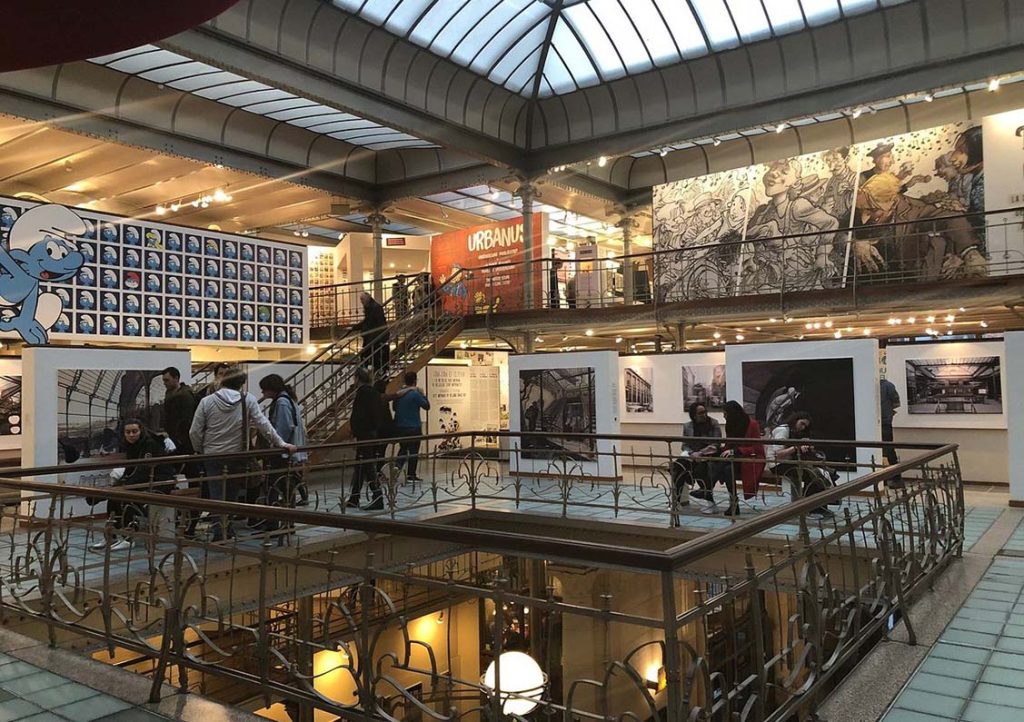
What to See
– Permanent Exhibitions: Features on iconic characters like Tintin, The Smurfs, and Lucky Luke.
– Temporary Exhibitions: Rotating exhibits highlighting different aspects of comic art.
– Art Nouveau Architecture: The building itself is a masterpiece, reflecting Horta’s design genius.
Interactive Experiences
– Workshops and Events: Participate in drawing workshops and meet comic artists.
– Reading Room: A space where visitors can browse through a vast collection of comic books.
Tips for Visiting
– Ideal for families and comic enthusiasts.
– Check the schedule for special events and workshops.
8. Cinquantenaire Park and Museums
History and Significance
Cinquantenaire Park, or Jubelpark, was created in 1880 to celebrate the 50th anniversary of Belgian independence. It features triumphal arches, lush gardens, and several museums.
What to See
– Triumphal Arch: The centerpiece of the park, offering panoramic views from the top.
– Royal Museum of the Armed Forces and Military History: Extensive exhibits on military history and a collection of aircraft.
– Art and History Museum: Artifacts from prehistoric times to the present, including an impressive collection of art and decorative objects.
Activities
– Outdoor Activities: Ideal for jogging, picnicking, and leisurely walks.
– Events: Hosts various cultural and social events, including concerts and festivals.
Tips for Visiting
– Combine a visit to the museums with a stroll through the park.
– Bring a camera to capture the stunning architecture and landscapes.
9. Galeries Royales Saint-Hubert
History and Significance
Opened in 1847, Galeries Royales Saint-Hubert is one of the oldest shopping arcades in Europe. This elegant complex is a hub for luxury shopping, dining, and cultural experiences.
What to See
– Shopping: High-end boutiques, chocolatiers, and specialty shops.
– Cafes and Restaurants: Enjoy a meal or coffee in one of the stylish cafes.
– Cultural Venues: The galleries also house theaters and a cinema.
Architectural Highlights
– Glass-Paneled Roof: Allows natural light to flood the space, creating a bright and inviting atmosphere.
– Elegant Facades: The neoclassical design adds to the charm and sophistication of the arcade.
Tips for Visiting
– Ideal for a leisurely afternoon of shopping and dining.
– Don’t miss the Théâtre Royal des Galeries for a cultural experience.
10. European Parliament
History and Significance
Brussels is the administrative heart of the European Union, and the European Parliament is one of its key institutions. The Parlamentarium, the visitor center, offers insights into the workings of the EU.
What to See
– Hemicycle: The main debating chamber where major decisions are made.
– Parlamentarium: Interactive exhibits explaining the history, role, and functioning of the European Parliament.
– House of European History: A museum dedicated to the history of Europe, located nearby.
Tips for Visiting
– Guided tours are available and provide valuable insights into the European legislative process.
– Admission is free, but it’s advisable to book your visit in advance.
Brussels is a city that seamlessly blends its rich historical heritage with modern cultural vibrancy. From the iconic Grand Place and Atomium to the lush Brussels Park and the insightful European Parliament, each attraction offers a unique glimpse into the city’s diverse character.
Whether you’re marveling at Gothic architecture, savoring Belgian cuisine, or exploring the surreal world of Magritte, Brussels promises an unforgettable experience for every traveler.
